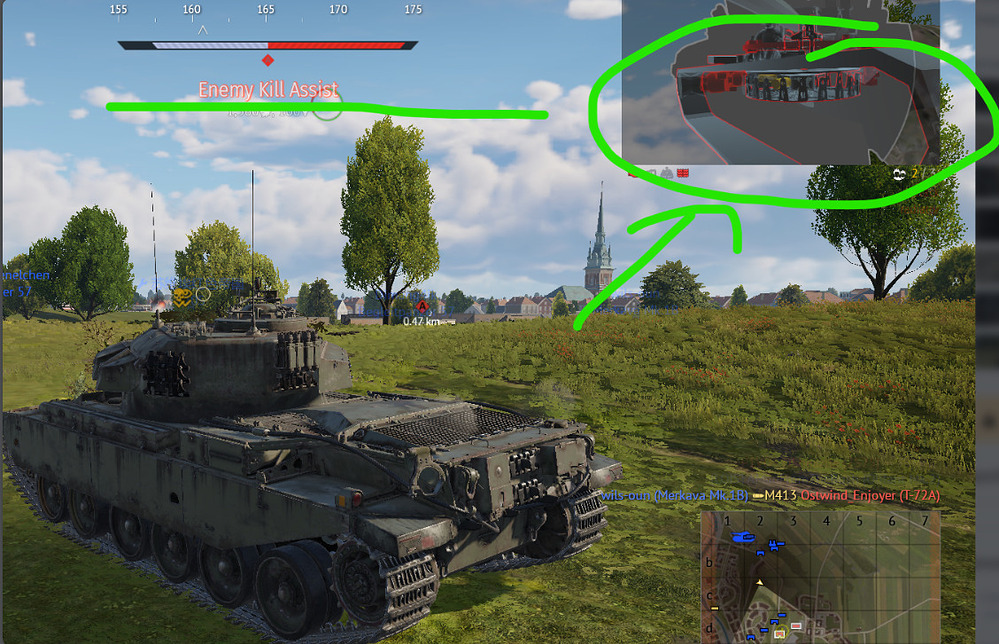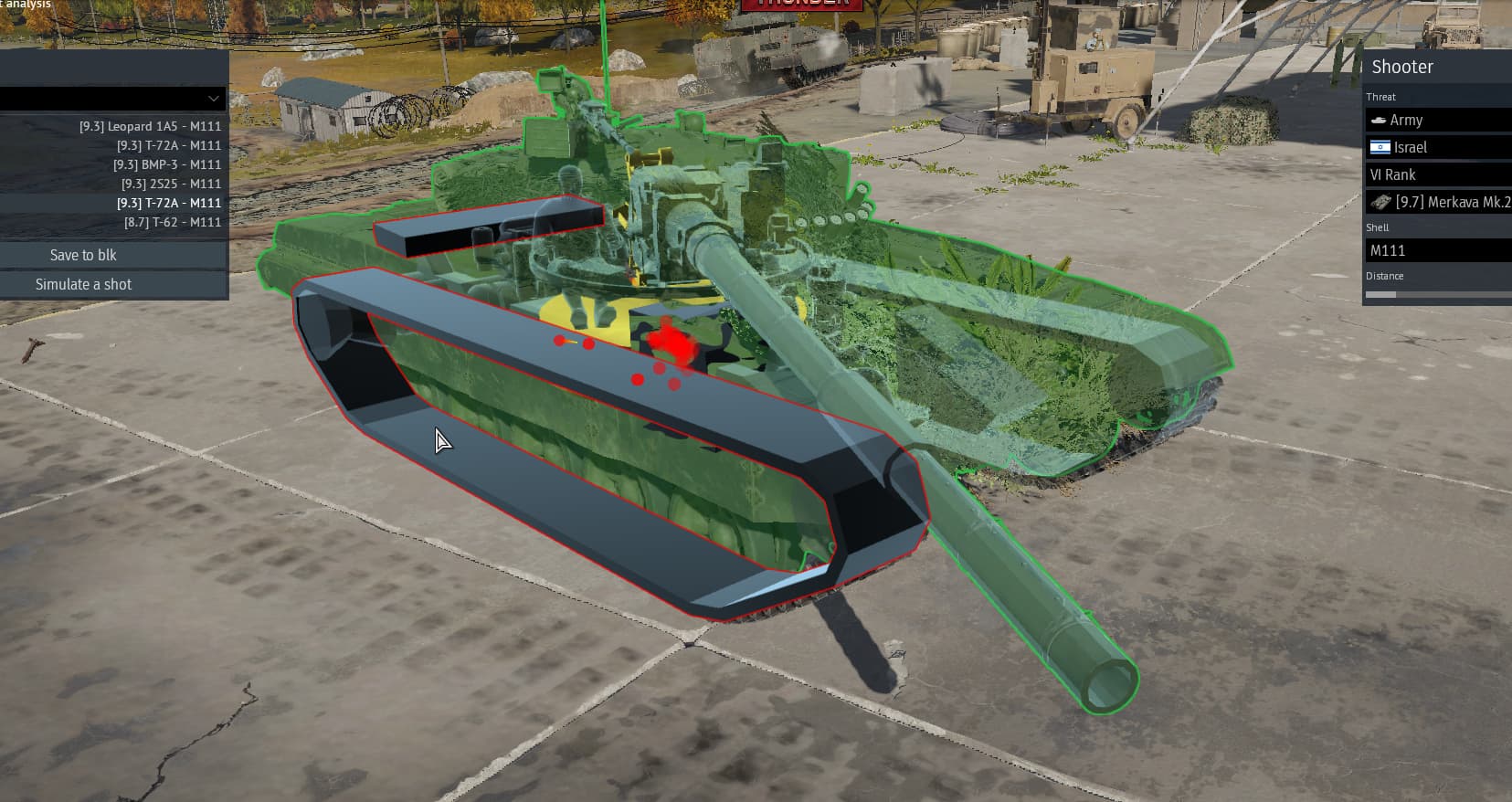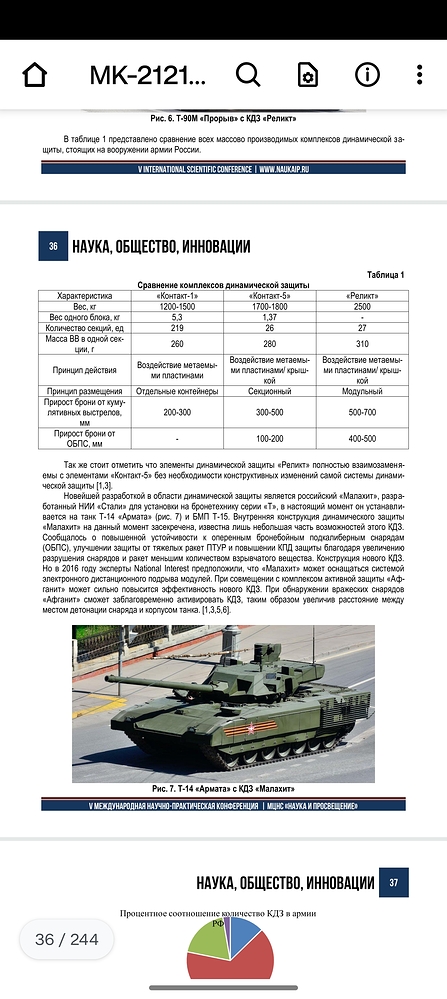I think vehicles that are similar to each other should have their BRs set around that fact.
HSTVL for example is primarily a recon vehicle.
The fact that it’s the 2nd or 3rd best light tank in the game is just another bonus on top of that.
That might be your opinion, but it doesn’t change the fact that Russian autoloaders are still modeled with unrealistic protection values in game. In real life, a 30 mm aluminum carousel cover offers almost no real fragmentation protection — yet in War Thunder, it behaves like a solid barrier that magically prevents ammunition detonation from spalling or overpressure.
So calling it “false” isn’t accurate. The bias isn’t about the existence of the autoloader, but about how its vulnerability is represented in comparison to NATO tanks — which often have their ready racks explode from much smaller hits, while Russian carousel systems stay untouched under the same conditions.
So would you say the hellcat, for example, is generally worse than the Tiger E, and so you should expect to get less kills with it than with the Tiger E, or the BMD-4 compared to the T-64B?
Again, I agree with that being something they need to address. I can’t say, however, that there’s some special feature of Russian autoloaders that stops ammo from detonating, unlike what this person is saying:
It is false when it truly isn’t any feature of Russian autloader ammo where they do not explode when hit… other than when it magically disappears (but that is a feature of all tanks for some reason – especially SPAAs).
So while I agree with you here,
You are not getting the point I’m addressing.
You’re missing the point yourself — no one is claiming that Russian autoloaders magically prevent ammo explosions because of a special feature in real life. The issue is how the damage modeling treats them in-game.
In War Thunder, Russian autoloaders consistently absorb fragments and overpressure effects that would destroy NATO ready racks instantly. The problem isn’t the physical design of the autoloader, it’s the difference in how Gaijin’s damage model interprets hits.
If you compare post-penetration behavior in the damage viewer, you’ll see that spall from an equivalent penetration on a Leopard or Abrams will pass straight through the hull floor or turret wall and ignite ammo racks. On T-72s or T-80s, that same spall conveniently stops right before the carousel — as if the thin 30 mm aluminum cover were a spall liner. That’s the bias being pointed out.
So yes, nobody says it’s a deliberate in-universe feature. But the result is that Russian tanks enjoy an unintentional protection advantage due to modeling inconsistencies — which is still bias, just not one that’s openly acknowledged.
I’m pretty sure that’s what he’s claiming here:
I would expect to get more frags than HSTVL but at least slightly less than Tiger E.
I think youre kinda talking past each other here. I dont think anyone is implying that Gaijin has a literal “if-hit = dont explode” feature on the autoloaders. But since the terrible damage model of the autoloaders is there since their implementation, the prevention of ammo explosions seems like a “feature” added by Gaijin.
We probably are talking past each other, though I think I made it clear with what I’m seeing.
I can’t say this enough: I 100% agree with him in terms of the need to remove the autoloader acting as a spall liner, but I’m pointing out that there are people that genuinely believe that Russian ammo do not explode because of a hidden feature.
It sure seems like it.
Nobody says ‘that it is a deliberately installed feature on the first hit’ when it comes to autoloaders consistently absorbing fragments every time. Either this is what he actually thinks, or is grossly overexaggerating, and I’d say it’s probably the former considering how persistent he is when people say that he missed the ammo (fully implying that he thought he directly hit it).
Or, even worse, he thinks blacking out the ammo compartment (autoloader) should result in ammo detonation (which is also wrong).



(Fuel tank probably ate the shrapnel of these ones… I swear half of the inconsistencies in this game are caused by fuel tanks)
I have no clue how I can express this any clearer.
So should we move up the Hellcat to 6.3 since it’s overperforming as a light tank?
Shouldn’t the Hellcat be used pimarily as a recon vehicle too?
I really want to show some documents that can prove T80BVM’s reload time is only 7.5s-8s, but it’s from Russian documents, so it might be quickly NAB and ban my account due to “top secret doc” Lmao, Till now I still doesn’t no idea how could Gaijin get to know T64s reload time is 6s
should be fine as long as there is a reason to think they are declassifed
The t64A is based on the object 434.
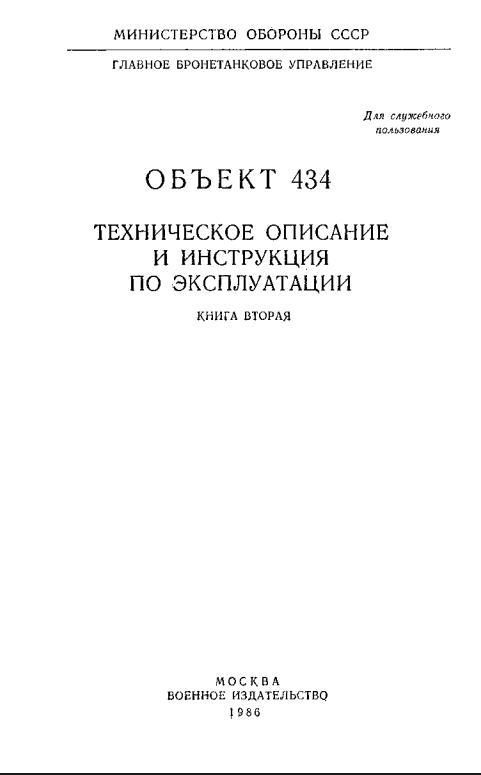
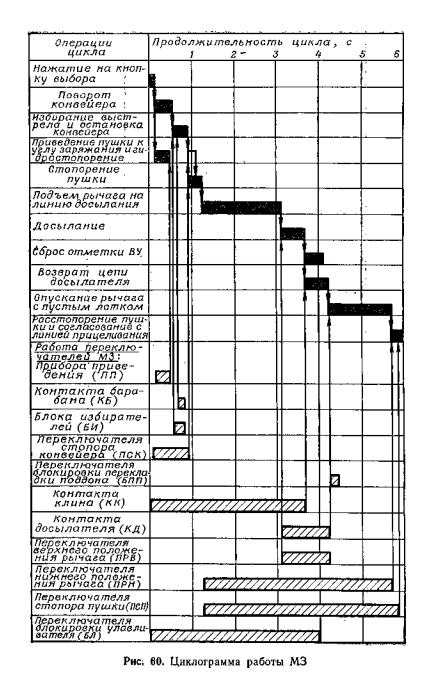
If NATO receives new ammo the protection levels of relikt should be increased to 400 to 500mm, since that is the accurate protection levels in real life
You’re misunderstanding the criticism again. Nobody seriously believes that Gaijin intentionally coded a “first-hit immunity” feature for Russian autoloaders. The point isn’t about what’s deliberately installed, but what’s consistently observed in-game behavior.
When players say “the carousel doesn’t explode,” they’re not claiming it’s a designed mechanic — they’re pointing out that Russian autoloaders are modeled with damage resistance that doesn’t match reality or consistency with other nations. That’s a modeling issue, not a conspiracy theory.
As for “blacking out the ammo compartment,” that criticism exists because NATO ready racks detonate far more easily even when only damaged (not fully penetrated or hit directly). Meanwhile, Russian carousel ammo often turns black, yet doesn’t detonate under comparable conditions. That’s what makes players question the logic and consistency of the system.
And yes, fuel tanks do absorb shrapnel — but that only explains some cases, not the repeated pattern across dozens of tests where the same hit locations on NATO tanks cause ammo cook-offs, while the same hits on Russian ones don’t.
So no one is misunderstanding what’s happening — people are just noticing consistent asymmetry in modeling outcomes, which is exactly what “bias” means in this context.
So which is it???
Is he saying the Russian carousel ammo turns black but doesn’t explode ( thus the ‘first-hit immunity’) or that the autoloader can absorb his shrapnel where it would’ve destroyed the carousel and its ammo if there was no such autoloader spall liner?
And explodes… unless you get unlucky and it bugs out (happens to every tank of every nation)
Is it bias because the KPZ-70 and XM803, as well asType 90, autoloaders don’t explode when hit in the ammo most times? It happens a lot more on those tanks, and nobody complains about it because its not Russian
It’s both — and that’s exactly the issue.
The problem isn’t that there’s a literal “first-hit immunity” mechanic coded in, but that the damage model behaves as if there were one. In practice, hits that would detonate exposed ready racks on other tanks often just “black out” the Russian carousel or get fully absorbed by it.
So yes — the carousel acts like an unrealistic spall liner and the ammo inside fails to detonate even when visibly damaged. Those two effects combined create the same end result: an autoloader that consistently survives hits it shouldn’t.
That’s why players describe it as “first-hit immunity.” It’s shorthand for inconsistent damage modeling, not a claim that Gaijin literally programmed invincibility.
Okay now we’re getting somewhere.
From denying that he is saying Russian carousel ammo doesn’t explode (I never said that I believed that he believed that there is some Russian IRL feature):
To finally admitting:
So,
And like I said before:
Russian carousel ammo not detonating after being hit is not just a Russian problem, but also for many other tanks.
I often find SPAAs like the XM246 and Gepard having that issue more than any other vehicle.
So while this intended or unintended game design ‘feature’ does help keep Russian MBTs from exploding (along with the autoloader acting like a spall liner, which I have already agreed with you countless times before; I am not quite sure why you keep insisting), saying that this ‘feature’ is strictly a Russian MBT problem is incredibly dishonest.
